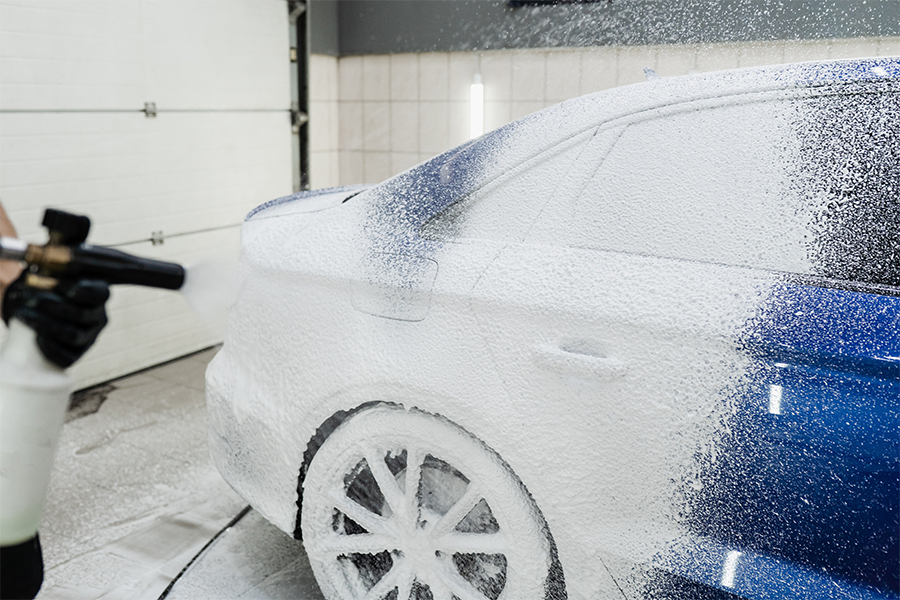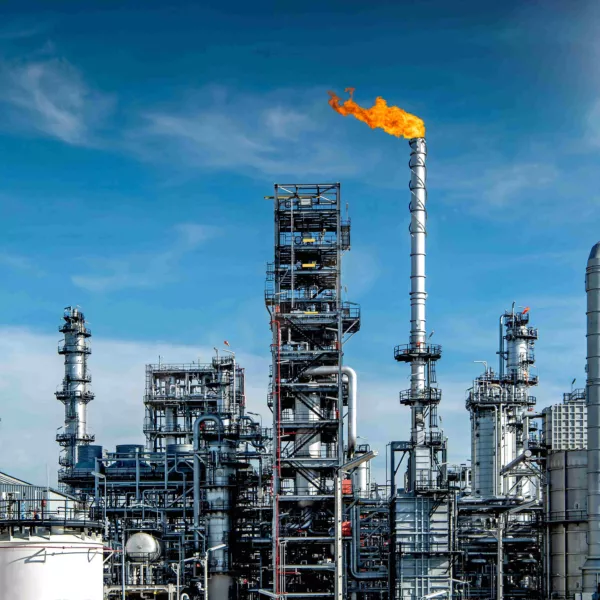Removing surfactants from de-ionised water in the automotive industry
Saving water is good for our planet and makes your business more sustainable and drought-resilient. Activated carbon (AC) filtration may be used to purify rinsing water for reuse in industrial processes.
The Problem
A car manufacturer in Germany uses de-ionised water to clean car bodies after being coated with phosphates.
As both the production and the disposal of de-ionised water are expensive, this company is keen to reuse their rinsing water where possible. To do so, the car manufacturer needs to remove the surfactants leaking into the water during the rinsing process.
The company contacted DESOTEC in search of a solution. We suggested installing a pilot filter to determine the best grade of activated carbon to use and prove that our system would work for this application.


The Solution
At the beginning of the Covid pandemic in 2020, we delivered a trial Mobicon 2000 filter to the site.
It was filled with our ultra-pure activated carbon type, Organosorb®11 AL-CO. This is made from coconut shell and has a lower pH level than standard carbon.
The pilot filter remained in place for six months, treating the rinsing water in batches.
The Results
Tests proved that the filter was efficiently removing the surfactants. Additionally, conductivity measurements showed that the de-ionized water was fit for reuse.
Therefore, after the customer created an area at their site to host a permanent filter, we delivered a small Mobicon 2000 model in 2022.
Activated carbon is a simple and effective technology with a wide range of applications. DESOTEC’s engineers have the expertise to tailor our filtration solution to your company’s unique needs. As well as pilots, we can carry out lab analysis and tests on samples from your site.
As part of our full-service solution, we handle all filtration waste off-site, lifting the burden from our customers. When the carbon is saturated, we swiftly exchange filters. Then, we move the old filter away from the customer’s site and take it to our own facilities for analysis and treatment. All adsorbed molecules are destroyed in our furnaces in a process that is continuously monitored to ensure that only harmless water vapour exits the chimneys.
Wherever possible, carbon is reactivated. This circular model further conserves our planet’s resources, saving our customers money and boosting their sustainability.
DESOTEC and the Auto industry
Our experts work closely with companies in the automotive sector and are always pleased to discuss your company’s purification needs with you. Get in touch today.
Contact us now!DESOTEC and the Auto industry
Our experts work closely with companies in the automotive sector and are always pleased to discuss your company’s purification needs with you. Get in touch today.
Contact us now!-
Air & gas purification
Our sustainable filtration solutions ensure air purification, odour control, and high quality process gases such as biogas and biomethane. -
Chemical industry
Circular solutions to purify chemicals, air emissions and wastewater, protecting occupational health, the environment, and your business. -
Your sustainability journey
We care about protecting our air, water and soil for future generations, just like you. Our filtration solutions help you meet environmental standards, reducing your carbon footprint.


